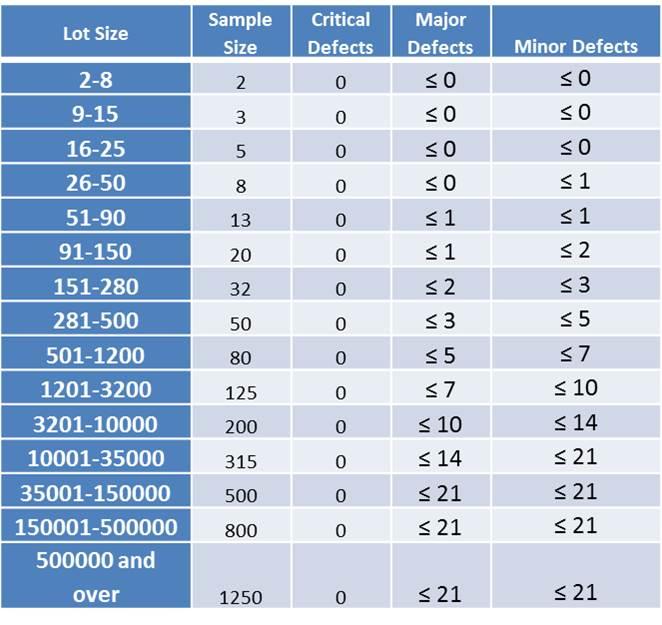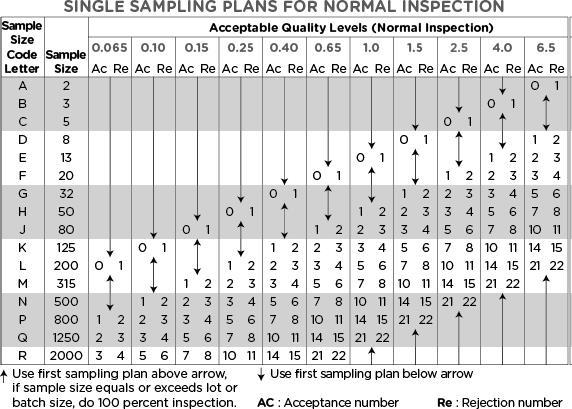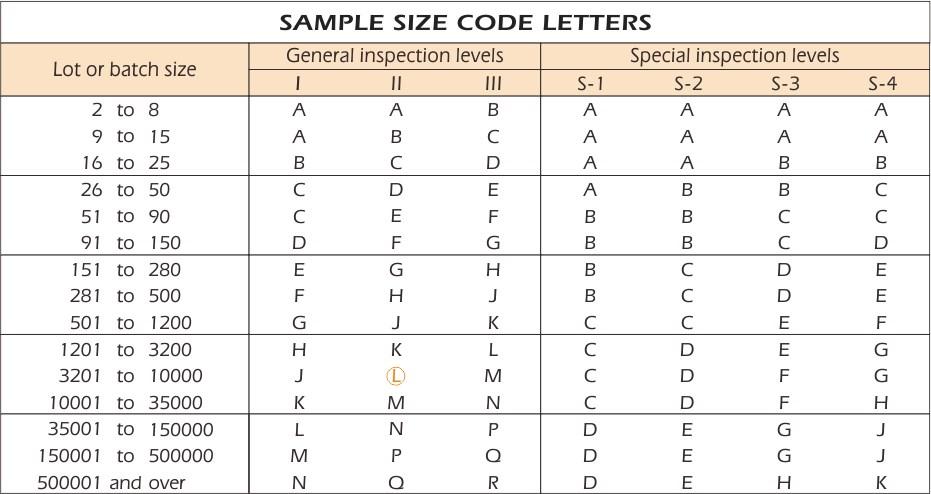In the complex world of logistics, maintaining a balance between quality control and efficiency is no easy task. One valuable tool in achieving this delicate balance is the Acceptable Quality Level (AQL) standard. In the realm of transport and shipping, understanding and implementing AQL can mean the difference between smoothly running operations and costly setbacks. Join us as we dive into the intricacies of AQL in the context of logistics, transport, and shipping, and explore how this standard is reshaping the industry’s approach to quality control.
Understanding Acceptable Quality Levels in Logistics
When it comes to managing quality in the logistics industry, understanding Acceptable Quality Levels (AQL) is crucial. AQL is a statistical tool used to determine the maximum number of defective units that are acceptable in a given sample size. This helps businesses ensure that the products they are shipping meet the required quality standards.
By implementing AQL in logistics, companies can minimize the risk of shipping defective products to customers, ultimately improving customer satisfaction and loyalty. With clear quality standards in place, logistics providers can also enhance efficiency in their operations, reduce costs associated with returns and rework, and build a reputation for reliability in the industry. Embracing AQL as a quality management tool is key to achieving success in the fast-paced world of transport and shipping.

Implementing AQL Standards in Transport Processes
When it comes to , it is crucial to ensure that all shipments meet the quality levels set forth by the industry. By adhering to these standards, companies can minimize the risk of defective products reaching customers and ultimately improve overall customer satisfaction. One key aspect of AQL logistics in transport is conducting thorough quality checks at various stages of the shipping process to identify and address any issues before the products are delivered.
Transport companies can also benefit from implementing AQL standards by establishing clear guidelines and protocols for handling and storing shipments to prevent damage or loss. By utilizing AQL criteria, companies can assess the quality of each shipment and make informed decisions on whether products meet the required standards for shipping. This proactive approach can help streamline operations, reduce costs associated with returns or replacements, and ultimately enhance the overall efficiency of the transport process.

Ensuring AQL Compliance in Shipping Operations
is crucial to maintaining high standards of quality control in the logistics and transport industry. By adhering to Acceptable Quality Levels set by industry standards, companies can minimize the risk of defects and ensure that products meet customer expectations upon delivery. This includes conducting regular inspections, implementing quality control processes, and collaborating closely with suppliers to address any issues that may arise along the supply chain.
One way to ensure AQL compliance is to establish clear criteria for acceptance and rejection of products based on predetermined quality levels. This can involve defining acceptable defect levels, conducting random sampling inspections, and setting thresholds for product conformity. By standardizing these processes and communicating expectations clearly with all stakeholders, companies can streamline their shipping operations and maintain a high level of quality assurance throughout the entire supply chain.

Strategies for Maintaining AQL Standards in Logistics Industry
When it comes to maintaining Acceptable Quality Level (AQL) standards in the logistics industry, there are several effective strategies that can be implemented to ensure products are meeting the required quality criteria. One key strategy is to establish clear and concise quality control processes throughout the entire supply chain, from production to delivery. This includes conducting regular quality inspections at various checkpoints to identify any potential issues early on.
Another important strategy is to establish strong communication channels with suppliers and partners to ensure they are also aligned with AQL standards. This involves providing clear guidelines and expectations for quality standards and conducting regular training sessions to educate employees on best practices. By implementing these strategies, logistics companies can better maintain AQL standards and provide customers with high-quality products and services.
Future Outlook
In conclusion, understanding and implementing Acceptable Quality Level (AQL) standards in logistics, transport, and shipping processes is essential for ensuring the quality and reliability of products reaching the end consumers. By setting clear standards and inspecting goods at various stages of the supply chain, businesses can minimize the risk of defects and customer dissatisfaction. Embracing AQL principles not only helps in maintaining consistency and efficiency but also enhances overall customer satisfaction. So, let’s strive for excellence in quality control and ensure smooth sailing in the world of logistics, transport, and shipping!
